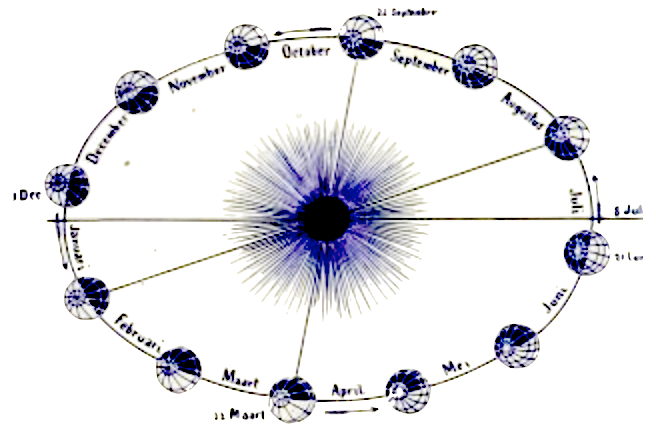5 See the human!
LG5
Jesus said:
See who is before you
and who was previously hidden from you,
will emerge.
Because nothing is hidden
that won’t show itself
and everything that has disappeared will return.
There is a remarkable passage in the Gospel of Matthew. Two blind men come to Jesus. They ask him if he wants to make them see. Jesus does that, seeing the men again, healed from their blindness. But then Jesus says something strange: “Make sure nobody knows.”
That is very strange.
Suppose these men were physically blind. And suddenly they could see again. Could you hide that? That is not likely.
It is therefore questionable whether this is a physical miracle. In the secret words of gnostics, blindness and the healing of blindness means something completely different.
In the previous logion you were asked to look for the child in yourself. That is the start of the spiritual search that the Thomas Gospel recommends. If you succeed, if you can connect with your inner child, then you can look at the world and your fellow people in a different way.
How is that?
Here you are asked, like a child, to look through all the social labels that we usually put on our fellow human beings, and instead see the human being, the child in the other. See the human! As a human being with people, as a child with children, the kingdom will really be “among you” (Luke 17:21).
The core of that is seeing. If you look judiciously at your fellow man, with judgment as a beam in your eye, you only see your own judgment. But when you have returned to the uncircumcised child within you, you can look without judgment, and only then can you love your fellow man as yourself.
Only then do you see your fellow man.
Then what was previously hidden will return: the original person in the other. See, the kingdom is in the face of the other.
A telling example from life practice is the next true event.
It is the meeting of the Jewish mother and the Palestinian mother who each lost a 12-year-old daughter on the same day. As Jewess and Palestinian, these two women were each other’s enemies first. In each other they only saw the image of the other as an enemy. That judgment was the blinding beam in their eyes. But because of this sad event they recognized something of themselves in the other: the sorrow for the loss of a child. They visited each other and fell into each other’s arms. As human beings with other people, they could comfort one another, even love one another. What had disappeared under the image of the enemy had returned: the human being within himself and the other. They could love their enemy by seeing behind the mask of the enemy the original human, the original face of fellow human beings.
In the Gospels from the New Testament there are various stories about Jesus raising children from the dead. This is not about real children, but about the child in ourselves. The child who appears to be dead appears only to be asleep, it is said. And that is also the way in which Jesus makes people see again. First awaken the child in you again, return to the beginning in you, as told in the previous logion. Then learn to look like a child at everything around you, heal from your blindness. Then everything that was previously hidden will show itself to you again.
Yet the question remains: how do you find that child in yourself? How can I learn to look lovingly at other people?
That starts with being true to yourself, says the following logion.
